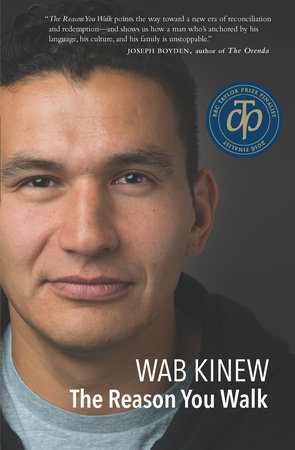We met at Beth's home to discuss Shirley's book choice, Orphan Train by Christina Baker Kline. Present were Beth, Betty, Carla, Colette, Jane, Janet, Michèle and of course, Shirley. Beth served very nice rolled finger chicken and beef sandwiches, a dip and vegetables, lovely olives and cheese. She also served a wonder Irish apple cake.
Shirley introduced the author. Christina Baker Kline was born in England and raised there and in the United States. She studied literature at several American and British universities including Yale and Cambridge. She also taught at several universities, literature, writing and women's studies. She has written several books including 5 novels and several non-fiction books. Orphan Train is her latest novel. She presently lives in New Jersey with her husband and sons.
Ms. Kline's idea for this novel Orphan Train came from her mother-in-law's grandfather's story that she happened upon one holiday time when they were snowed in. He had been as a child taken west from New York on a train. The idea of taking children from New York to the mid-west came from a methodist minister who wanted to rid New York of underage criminals and vagrant children. Taking them west would allow farm families in the mid-west to take the children in and would be free labour for them. The program began in 1854 and went on to 1929. After several years of research and interviews, Ms. Kline was able to create several characters such as Niam and Dutchy. The novel begins in 2011 and there are two main characters, Vivian who is a 91 year old woman living in a huge old house and 17 year old Molly who is a ward of the Children's Aid Society living in a foster home.
The story begins with Molly who was caught stealing a library book and must do 50 hours of community work to pay for her sins. She finds herself doing the community work by helping Vivian clean out her attic. As the two begin to go through boxes, Vivian tells her story and her life as a child on an orphan train.
It was unanimous, all of us enjoyed the book. We felt that the author had done considerable research not only about the Orphan Train project but also about the conditions in America for new immigrants, the conditions in Ireland that required many to immigrate. Beth said that the book had the feel of an old fashion novel. The historical aspect of the novel satisfied the need of many of us to learn something from a book. With the two characters Niamh Power and the young boy Dutchy that she meets on the train we are given good descriptions of what happened to many orphans who were given to families in the mid-west. The descriptions of the families where Niamh finds herself are well developed and we find out quite a bit about the families who went west in the late 19th and early 20th century. It gives us a good idea of how these children were treated both badly and well and how easily they were considered almost as "property", changing a child's name without hesitation.
Molly the 17 year old who comes into Vivian's life to help put order in the attic soon finds herself engrossed in Vivian's life. As boxes are unpacked, we learn how Vivian coped and survived. We also learn about Molly, who has lived and survived quite a lot in her 17 years.
Several of us talked about how a past can be seen to be better than it actually was. Vivian talks about her life in Ireland before her family imigrated to America and paints a better picture than what was reality. In the prologue, that begins "I believe in ghosts.." she talks about the positive things she remembres about her gram, her da and her mam.
We talked about the reasons there were so many orphans in the late 19th and early 20th centuries, many parents died young because of plagues, industrial accidents, children who were abandoned because families could not cope. There are many classic novels written about orphans, two are mentioned in this novel, Jane Eyre and Anne of Green Gables. There are others, David Copperfield, Huckleberry Finn, Tom Sawyer and many others. The old fashion feel of the book comes from the two main characters, Vivian and Molly who were in fact both orphans.
Some of us liked that we learn what happened to everyone at the end. We know that Maisie was adopted, married and had a family. We know that Carmine was adopted by a good family. Vivian meets the daughter she gave up for adoption. Some of us however, wanted a few more chapters to find out how Vivian and her daughter got along, what happened to Molly as she aged out of the Children's Society system at age 18.
The discussion was lively and interesting. Thank you Shirley for a good choice!






